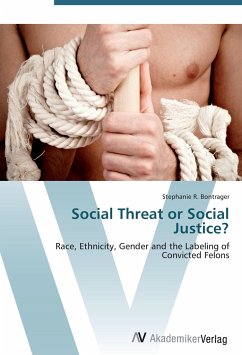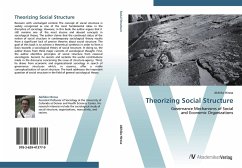Revision with unchanged content. There is a wide range of sanctions used by the criminal justice system to punish criminal offenders including death, imprisonment and community supervision. All of these sanctions involve a social institution exerting direct social control over an individual either through loss of life or liberty or via constant supervision. And even after a prison sentence or community super vision term has ended there are continuing penalties, for while a prison term may be completed the label of convicted felon last a lifetime. A unique Florida law affords judges the discretion to withhold adjudication for felony offenders sentenced to probation. This sentencing option allows offenders to avoid the label of convicted felon and retain all rights normally lost upon felony conviction within the state of Florida, including the right to vote and carry fire arms. This book investigates the individual and social contingencies which impact the withholding of adjudication from a social threat and social control perspective.
Hinweis: Dieser Artikel kann nur an eine deutsche Lieferadresse ausgeliefert werden.
Hinweis: Dieser Artikel kann nur an eine deutsche Lieferadresse ausgeliefert werden.








